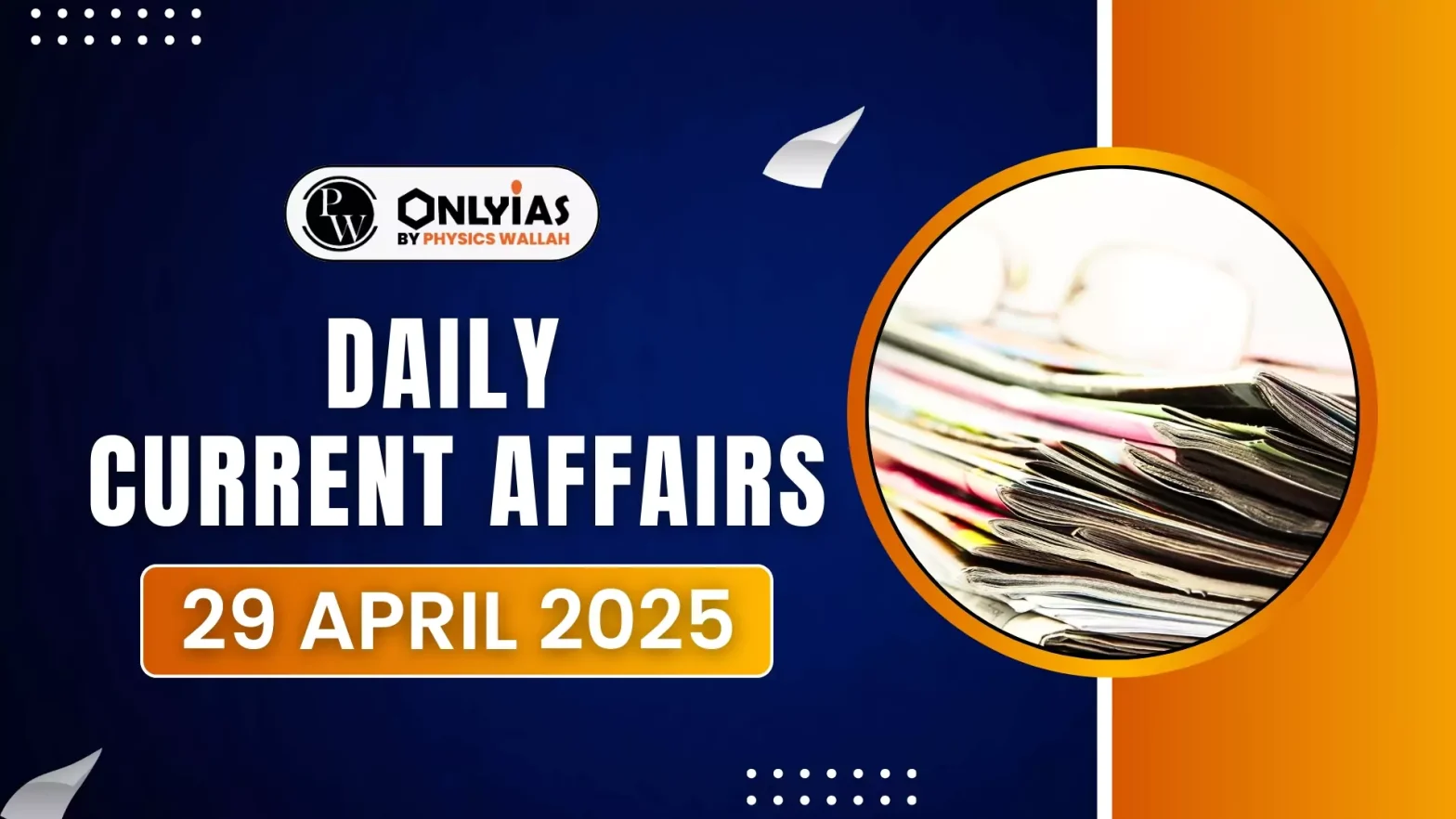![]() 29 Apr 2025
29 Apr 2025

As per the World Bank’s Spring 2025 report, India has lifted 171 million people out of extreme poverty.
World Bank’s Poverty and Equity Briefs (PEBs)
|
|---|
Multidimensional poverty
|
|---|
| Gini Index
The Gini Index is a statistical measure that quantifies income or wealth inequality within a population, ranging from 0 (perfect equality) to 1 (perfect inequality). It is calculated based on the Lorenz Curve, comparing actual income distribution to an ideal equal distribution. |
|---|
<div class="new-fform">
</div>